Contents
- 1 20. Mary Shelley’s Frankenstein (1994)
- 2 19. The Monster Squad (1987)
- 3 18. Depraved (2019)
- 4 17. Frankenstein (2025)
- 5 16. Frankenhooker (1990)
- 6 15. Frankenstein Meets the Wolf Man (1943)
- 7 14. Necropolis (1970)
- 8 13. Frankenstein Conquers the World (1965)
- 9 12. Frankenstein Must Be Destroyed (1969)
- 10 11. Frankenstein and the Monster from Hell (1974)
- 11 10. Son of Frankenstein (1939)
- 12 9. Flesh for Frankenstein (1973)
- 13 8. Abbott and Costello Meet Frankenstein (1948)
- 14 7. The Curse of Frankenstein (1957)
- 15 6. The Spirit of the Beehive (1973)
- 16 5. Frankenstein Created Woman (1967)
- 17 4. The Revenge of Frankenstein (1958)
- 18 3. Young Frankenstein (1974)
- 19 2. Frankenstein (1931)
- 20 1. Bride of Frankenstein (1935)
Almost 100 years ago, Frankenstein (the man, not the monster) declared an ecstatic, revelatory victory over scientific dogma: “It’s alive!” He had imbued life into a body constructed from dead human tissue, and in the process kick-started a cinematic tradition that nearly every film featuring a mad scientist has been indebted to. In Universal’s Frankenstein, directed by British filmmaker James Whale in 1931, Mary Shelley’s powerhouse Gothic text had been compromised to a truncated, 70 minute version – but every nuance and plot detail that the first Frankenstein film left out has been revisited and explored in the 94 years since the bolt-necked monster first woke from his slab and stomped into the world.
When Whale directed Frankenstein for Universal, it had been over 100 years since Mary Shelley published the most widely read version of her “Modern Prometheus” novel (a revised version of the text published in 1818). Now Guillermo del Toro — cinema’s biggest proponent of big-screen fantasy — has completed his two-and-a-half-hour version, an epic adaptation with a blockbuster budget, a stamp of auteurship, and decades spent ruminating on the relevance of Shelley’s text in the modern era. Between these two adaptations, which Frankenstein movies have been the best?
And how do we classify a Frankenstein movie? The novel has been adapted, riffed on, and subverted in hundreds of films from silent shorts to modern teen comedies. Films like Re-Animator, May, and Poor Things can trace their themes and inspiration all the way back to Shelley’s work, but for this list we’ve chosen a purist criteria: The name Frankenstein (or a clear derivation) is used, referring to either the doctor or his monster. Everything else — including how they explore horror, religion, eroticism, enlightenment, gender, and basically any other topic you can think of — is up to the filmmakers. Here are the 20 best Frankenstein movies from nearly a century of movies to mark del Toro’s digging into and grappling with Shelley’s text deeper than we’ve ever seen in cinema.
20.
Mary Shelley’s Frankenstein (1994)
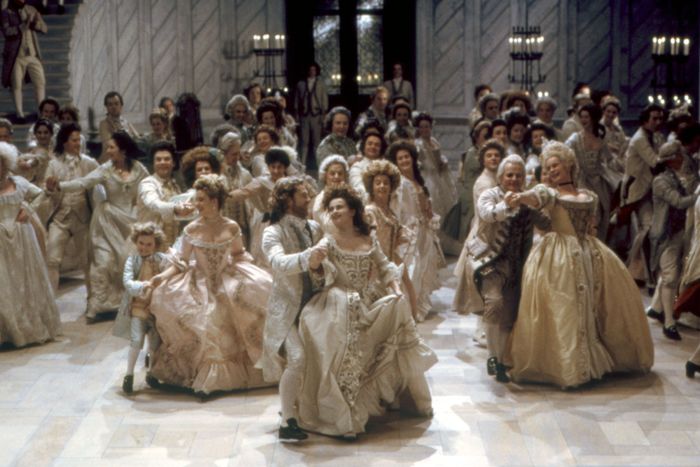
Photo: TriStar Pictures/Everett Collection
While there are probably more than 19 Frankenstein films that are technically better than Kenneth Branagh’s overwrought adaptation, it is worth talking about because of how it relates to Del Toro’s version. Both directors commit to the details of Shelley’s story, inching closer to “official adaptation” status by imitating the basic structure and character roster of Shelley’s novel. But they both also try to go beyond the parameters of the novel, taking their story to extremes that Shelley did not – here, Branagh appropriates the climax of James Whale’s Bride of Frankenstein with a climax of thwarted monstrous companionship that feels, if not moving, then delirious and kinetic in a way that convincingly drives creator and creation towards their doom. Elsewhere, the details lifted from the book suffer in translation – Branagh’s Victor is appropriately arrogant but not adequately tortured; De Niro’s Monster is sensitive and intuitive, but drowns in the film’s hurried, hollow second half. Produced by Francis Ford Coppola, Mary Shelley’s Frankenstein mirrors the greenlighting of Universal’s 1931 original (ie, designed to follow-up a recent Dracula film), the critical failure of this supposedly serious Shelley adaptation probably paved the way for Del Toro to pool Netflix resources to give it another shot.
19.
The Monster Squad (1987)
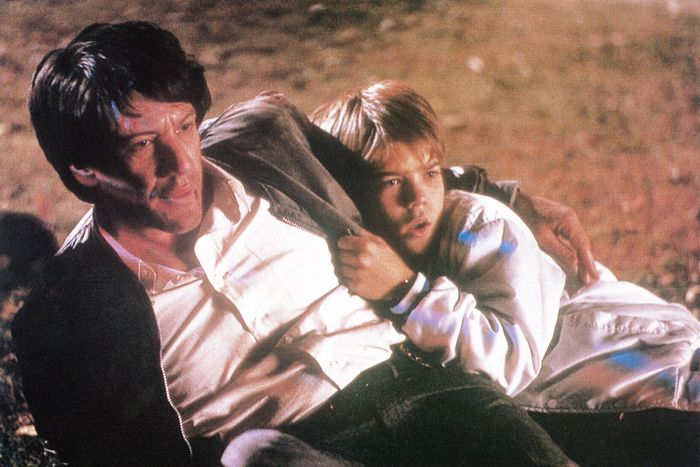
Photo: TriStar Pictures/Everett Collection
Across nearly ten years of Stranger Things and its ‘80s nostalgia imitators, it has become clear that media about nerdy suburban kids going on a fantastical adventure are not great for the culture – they are largely inward-looking genre vehicles built from references and an appeal to an imagined childhood. Fred Dekker and Shane Black’s The Monster Squad lacks the comparatively rigorous craft of E.T. or Gremlins, but pitting children against a crop of Universal monsters like Dracula and Frankenstein’s creation is not without its charm. For the Frankenstein fans, Dekker and Black put a modern spin on the tragic “Little Maria” scene in James Whale’s original Frankenstein by sweetly pairing the Monster (Tom Noonan) with Phoebe (Ashley Bank), the kid sister of our protagonist Sean. The film gives the Monster a sincere, innocent friendship that Boris Karloff’s character was denied in the original – and culminates in a direct reference to E.T.’s farewell scene that is both eyerollingly cute and unexpectedly moving.
18.
Depraved (2019)
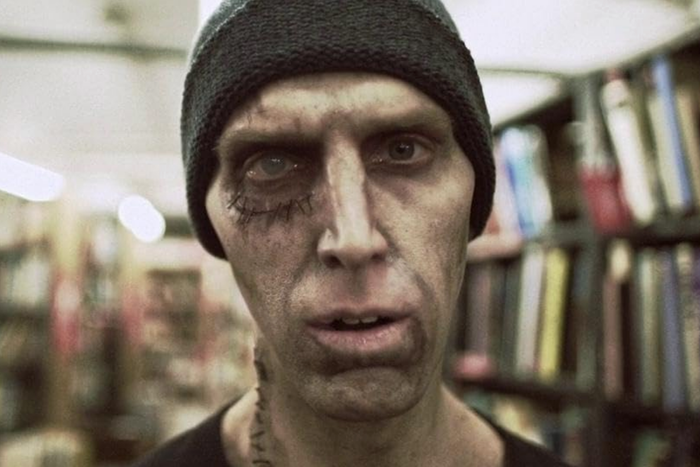
Photo: IFC
Independent horror filmmaker Larry Fessenden began his directing career with No Telling, a low-budget, rural riff on Frankenstein featuring heavy relationship drama and animal experimentation. Nearly 30 years later, Fessenden returned to “the Frankenstein complex” with Depraved, a modern take set in New York that begins with the murder of a millennial web designer whose brain is plugged into a stitched-together creation. “Adam” is unaware of the life that was snuffed out to bring him to life. Over its long development period, Depraved suffered a drastic budget reduction, but Fessenden’s threadbare resources are mostly outshone by committed performances from David Call as Henry, our narcissistic creator,and Adam (Alex Breaux). The film honors Mary Shelley’s conception of the Monster with an uncommon degree of sensitivity – and notably deploys an array of optical effects to stress the experience of Adam’s second-hand eyes taking in the world for the first time.
17.
Frankenstein (2025)
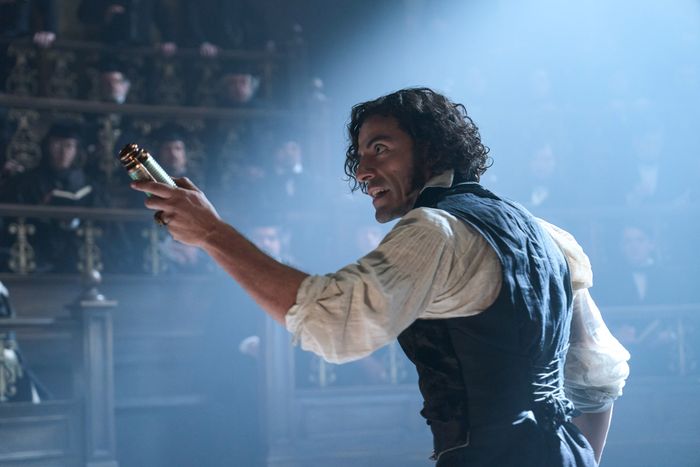
Photo: Ken Woroner/Netflix
In terms of scale, Guillermo Del Toro’s Frankenstein is the most significant adaptation of the novel in this century. Over two and half hours (it would take you just as long to watch both of the first two Universal adaptations back-to-back), Del Toro balances adapting the neglected portions of Shelley’s text with a homage to the expressive, Gothic history of Frankenstein on screen – all alongside his didactic but sincere commentary on “monsters” being born from historical, human cruelty. It doesn’t quite come together; the production design is detailed and tactile (no surprise there), but Del Toro has been building towards an official Frankenstein film for so long that the material often feels like familiar ground. Frankenstein quickly declares Victor an unwavering narcissist and denies him the tortured interiority that Shelley gave his narrated testimony in the book, but while Oscar Isaac suffers in the role, Jacob Elordi fares far better – he plays the Creature’s appetite for experience with an open-hearted vulnerability that borders on recklessness. Del Toro never met a monster he didn’t want to instantly, totally redeem, but the novel’s motifs of revulsion and being eaten alive by the fear of your own power are neglected. It’s suitably lengthy, always engaging, but too literal an interpretation to stick.
16.
Frankenhooker (1990)
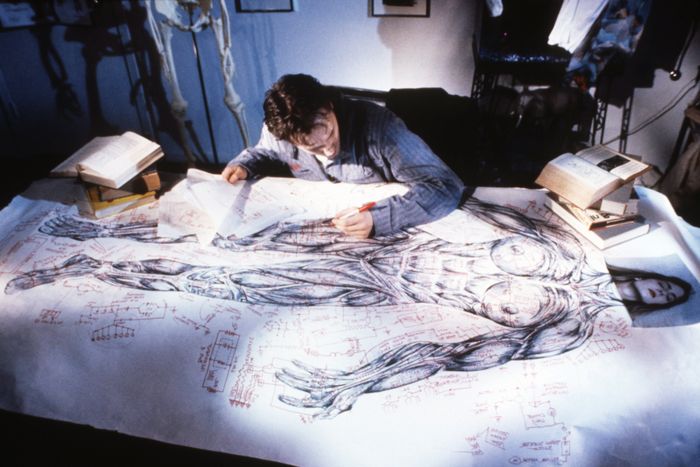
Photo: Shapiro Glickenhaus/Everett Collection
Splatter and exploitation king Frank Henenlotter established a distinctive (read: shrieking and gooey) style with only a handful of films under his belt, and the provocative title of his Frankenstein riff is probably why interest in the poor taste B-movie has persisted in the decades since its release. After the untimely death of his fiancée Elizabeth (Patty Mullen) at the hands of one of his inventions, Jeffrey Franken (a wooden James Lorinz) tries to resurrect her by attaching her severed head to a dozen different body parts from New York sex workers. Garish, puerile, and button-pushing, even before we get to the wicked body horror, Frankenhooker is animated by Jeffrey’s scientific drive and web of anxieties – but after Elizabeth is brought back to life nearly an hour in, it becomes clear Frankenhooker’s fatal flaw is too much Lorinz and way, way too little Mullen.
15.
Frankenstein Meets the Wolf Man (1943)
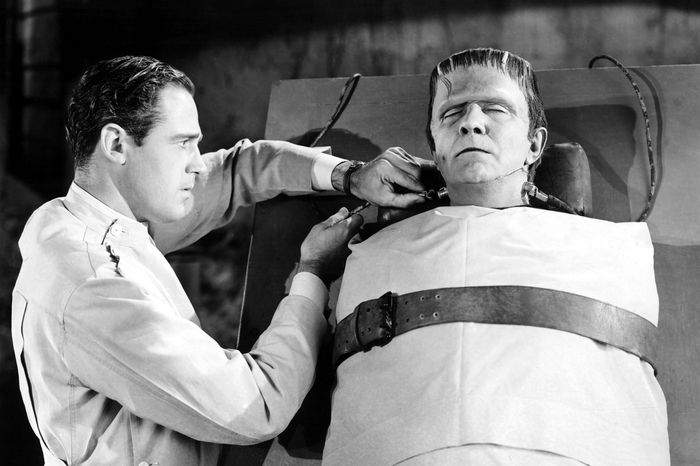
Photo: Everett Collection
The first of Universal’s “monster rally films”, this crossover between The Wolf Man’s Larry Talbot (Lon Chaney Jr.) and Frankenstein’s monster (Bela Lugosi, who appears three times on this list, never as the same character) delivers the established beats of each character’s horror films in quick succession – the lycanthrope’s desperate pleas to be taken seriously before an unwilling animalistic rampage, and a scientist tempted by impossible breakthroughs whose experiments attract the ire of suspicious villagers. You get what you came for and nothing more; By this point, the potency of the Universal monster movies was clearly slipping, but this is an aptly titled slice of classic horror that, at 73 minutes, is closer in length to an episode of modern TV than a horror movie. It’s a shame they don’t get up to much as a pair in this, as the Wolf Man and Frankenstein make for a compelling on-screen duo. They’re more like brethren than rivals, unable to fully control their monstrosity, with animal instincts smothering their muted but real humanity.
14.
Necropolis (1970)
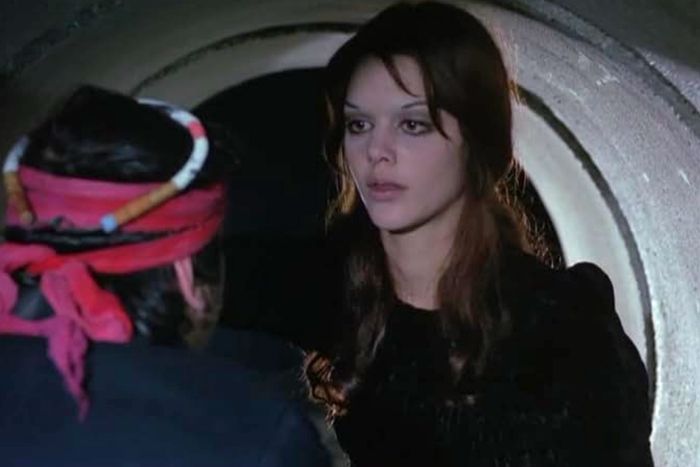
Photo: Ripley’s Home Video
This obscure Italian art film seldom appears on lists of best Frankenstein movies, because the Monster only appears in the first forty minutes and the film is far closer to a European arthouse tradition than Universal horror: it’s a series of abstract vignettes showing us snapshots of civilization in cultural and intellectual decline (including frequent Andy Warhol collaborator Viva complain about her marriage to an impotent Devil). In his segment, Frankenstein’s monster (Bruno Corazzari) roams a room of red Rothko-esque paintings and is overwhelmed by music. As he slowly masters speech with a grating, staccato delivery, we watch him develop a thesis on the human condition in real time – how difficult it is to upset the world order, how freedom can only be found in creativity, and how humankind is inherently embryonic. Director Bruno Corazzari embraces the philosophical potential of the Monster’s nascent, hungry mind, culture and morality shaping his consciousness as he gives a diagnosis of our collective sickness.
13.
Frankenstein Conquers the World (1965)
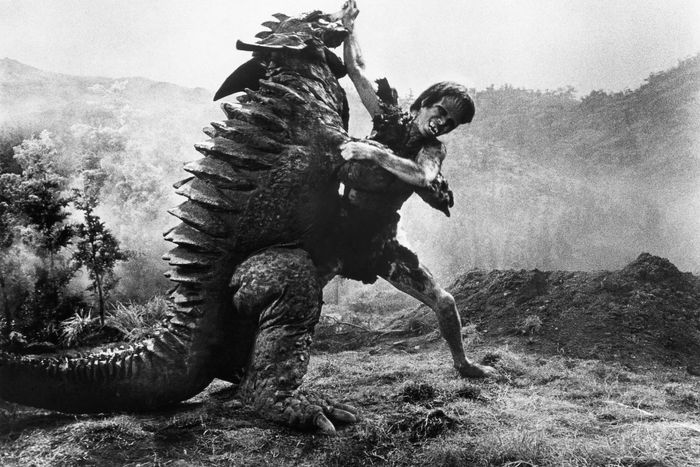
Photo: Everett Collection
One of the lesser-known kaiju films from the godfather of Godzilla, Ishirō Honda, Frankenstein Conquers the World starts in WWII, when the Nazis pilfer the ever-beating heart of Frankenstein’s monster and deliver it to Hiroshima scientists. Fifteen years and one atomic bomb later, the Monster has been reincarnated as a feral boy, resistant to radiation and growing at an impossible rate – soon making him gigantic enough to battle Baragon, a horned prehistoric monster with none of Frankenstein’s instinctive humanity. (The Japanese title is Frankenstein vs. Baragon.) The human scientists, including Nick Adams at the tail end of his Hollywood career, add little excitement overall, which is not an uncommon complaint in kaiju movies. But blown up against detailed miniature sets, the Monster’s animalistic physicality and curiosity is a thoroughly visual upgrade of the cinematic tropes and motifs associated with the character – he is defensive, singled out by his abnormal form, and has to prove his benevolence while trying to survive. With back-to-back fights with Baragon and a gigantic octopus (who arrives with no explanation), Frankenstein’s kinship with King Kong – a simplistic empathy and wrestler-like physical prowess – has never felt clearer.
12.
Frankenstein Must Be Destroyed (1969)
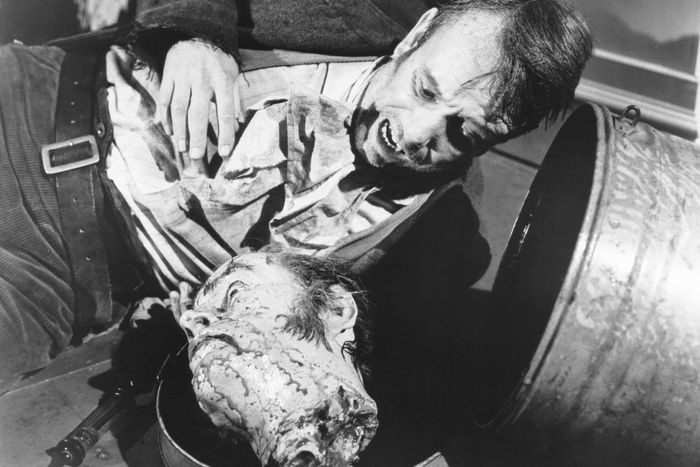
Photo: Everett Collection
Britain’s horror movie legacy owes a lot to Hammer Films, whose colorful renditions of classic Gothic characters made them a household genre name in the mid-20th century. Seven Frankenstein films were made by Hammer, and the best ones were directed by Terence Fisher; the fifth-best Fisher Frankenstein picture still has a lot to recommend, including a sharply maniacal Peter Cushing as a fugitive Baron Frankenstein blackmailing a young London couple in his quest to learn the secrets of brain freezing. Twelve years since Cushing first donned the role, Destroyed feels like Fisher’s soft reboot of the series, returning to the nasty characterization and invasive domestic tensions of 1957’s The Curse of Frankenstein. But an uninspired and shallow story – which includes a rape scene demanded by the studio – hampers his attempts to entice us with a chilling and menacing tone.
11.
Frankenstein and the Monster from Hell (1974)
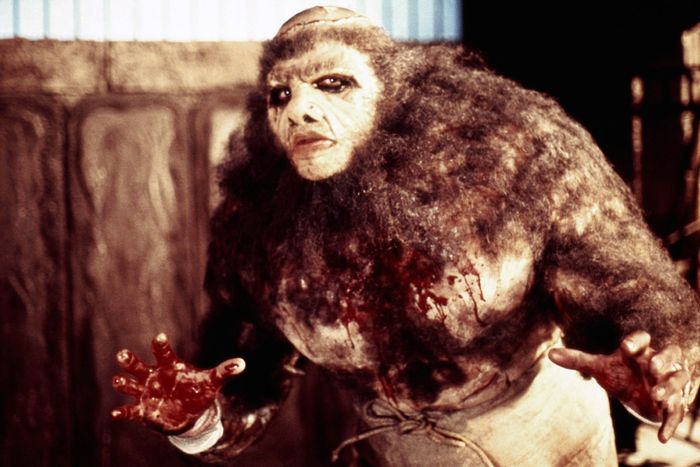
Photo: Everett Collection
“No, I haven’t given up. I never shall.” So says an older but no less committed Cushing as Baron Frankenstein when pushed by his ambitious young assistant Simon (Shane Briant) to reveal if he’s still experimenting at a Victorian lunatic asylum. There’s not much separating this and Destroyed in quality, but a lot in tone – the sets and colors of Monster From Hell are much more muted, aiding the rich sense of melancholy throughout. Heading up his very own manor of the mentally ill, Frankenstein’s authority is finally challenged – as he creates a Neanderthal-like monster with top of the range body parts from murdered inmates (aided by Simon, as his hands are no longer good for surgery), he faces little to no outside pressure or investigation. Even with clearly dwindling resources (Hammer’s golden era was definitely coming to a close), Fisher and Cushing’s last Frankenstein is a curious and compelling swansong for the best version of Victor Frankenstein on-screen.
10.
Son of Frankenstein (1939)
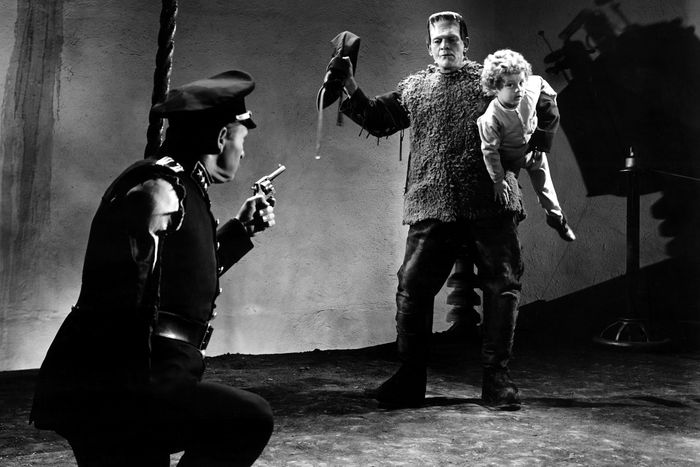
Photo: Everett Collection
The first Universal Frankenstein movie to be produced after James Whale’s masterful diptych loses Colin Clive as Henry Frankenstein, jumping ahead to his adult son Wolf (Basil Rathbone) returning to his ancestral home, where the resentful villagers give him the cold shoulder. Wolf wants to redeem his father’s reputation, but after being led to his debilitated laboratory by the reclusive Ygor (Bela Lugosi), he stokes the flames of his namesake’s dubious ambitions and brings the Monster back to life… again. Closing out the first decade of sound film, Son of Frankenstein has far more ropey dialogue than entrancing atmosphere or a memorable arc for the Monster. Notable for its expressionist interior sets, this sequel is best when Wolf is scurrying around his newly inherited castle trying to conceal his illegitimate, monstrous family from his cleancut aristocratic one.
9.
Flesh for Frankenstein (1973)
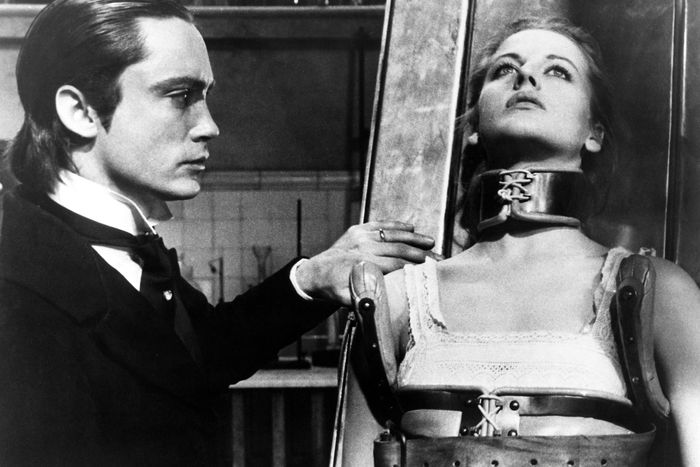
Photo: Everett Collection
On the urging of Roman Polanski, Paul Morrissey (the manager of Andy Warhol’s renowned art studio The Factory) decided to make a horror film in 3-D, funded by an Italian producer on the proviso that Morrissey make two of them. Flesh for Frankenstein features many of the same cast members as its sister film, Blood for Dracula, including Udo Kier as the title character. Secluded in his mansion with his wife (and sister) Katrin (Monique van Vooren), their two voyeuristic children, and his nebbish assistant Otto (Arno Jürging), Baron Frankenstein builds a male and female creature to procreate a new species of powerful and pure humans. Aside from these Nazi-ish tendencies, Frankenstein is erotically obsessed with the borders of life and death, with wounds and organs being specific sites of fascination; meanwhile, Katrin’s attraction to a lowly, virile farmhand (Joe Dallesandro) jeopardises the sanctity of the experiments. Morrissey explodes the comparatively respectable conventions of prior Frankenstein adaptations by embracing the deranged erotic and fascist implications of building and breeding new life. The vigor and discomfort coursing through this ‘70s oddity makes it compelling despite many rough patches.
8.
Abbott and Costello Meet Frankenstein (1948)
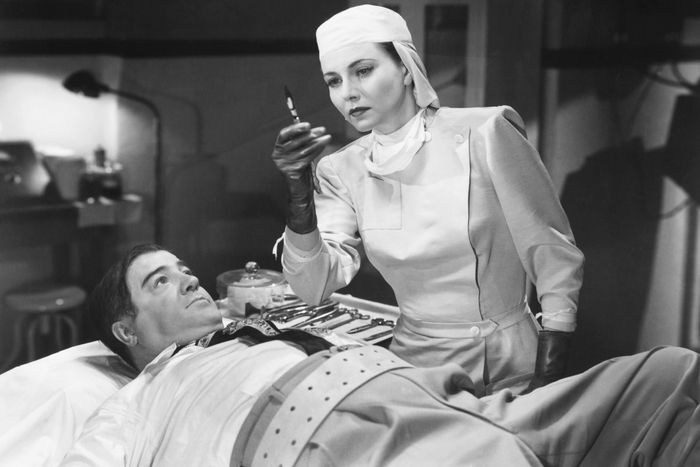
Photo: Everett Collection
The behind-the-scenes drama of this comedy-horror film sounds a lot more stressful and tense than anything in the film (multiple actors hated the material, played hooky from set, and disavowed the final product). Credit goes to director Charles Barton for steering a chaotic ship, as this attempt to boost the commercial appeal of Abbott, Costello and the Universal horror roster finds the right balance between a solid B-movie plot (Bela Lugosi’s Dracula wants to restore Frankenstein to full power with Costello’s obedient brain) and quick-witted extended routines between the high-pitched Costello and the ever-frustrated Abbott. The escalating, hysterical hijinks are grounded in convincing dramatic stakes, and only our comic heroes are allowed to be funny, as the monster actors dutifully honor the hammy seriousness of their characters. In the final setpiece, a Dracula versus Wolf Man fight is shunted to the background for the main event: two screaming comedians chased by a massive, groaning monster, deploying practical jokes and tricks to keep their pursuer at bay. It’s a cynical but ultimately winning attempt to get multiple Universal talents to share the same sandbox, play nice, and boost their image.
7.
The Curse of Frankenstein (1957)
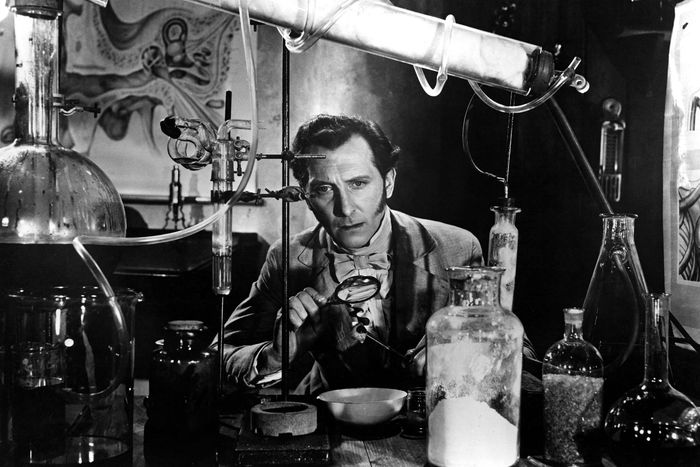
Photo: Everett Collection
Hammer Films graduated to bankable commercial success after their first color film, which gave a lurid and grisly update to the Frankenstein mythos for the generation that came after the audience for Universal’s early run. The reason why The Curse of Frankenstein has an original story is more litigious than creative: Shelley’s book was public domain, but Universal’s cinematic (and arguably definitive) version of the character was copyrighted. Here, Victor Frankenstein (Peter Cushing) inherits his estate young, befriends his affable tutor Paul Krempe (Robert Urquhart), and alienates his cousin and fiancée Elizabeth (Hazel Court) as he murders and manipulates his way to creating a living, breathing Monster (an early performance by Christopher Lee). Director Terence Fisher puts together a robust and suspenseful Gothic film that borrows from Poe as well as Shelley; apart from featuring vibrant colors and salacious desire (a Hammer staple), Curse of Frankenstein distinguishes itself by focusing on the typically unfriendly domestic rhythms of Frankenstein as a European aristocrat. Victor seems to dislike human beings and women especially, and disguises his zealous experiments by gesturing to his noble authority and singular intellect that the neglected Elizabeth must reluctantly accept – it’s a cold, ugly take on Frankenstein’s mad genius.
6.
The Spirit of the Beehive (1973)
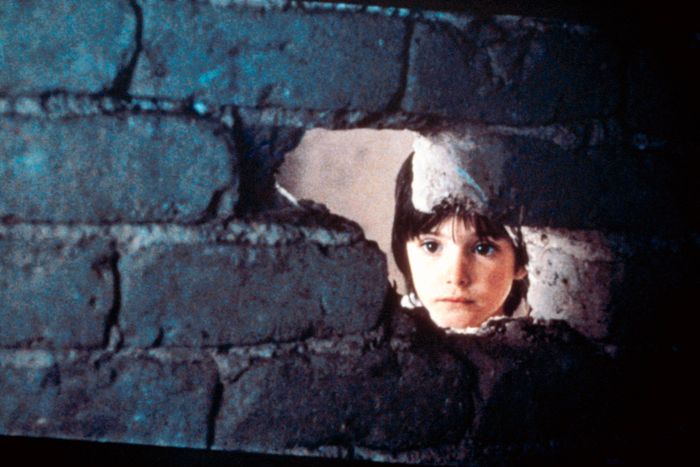
Photo: Everett Collection
From a purist’s point of view, it’s unclear how much Victor Erice’s glacial drama about losing childhood innocence in Spain’s Franco regime can be considered “a Frankenstein film”. James Whale’s Frankenstein, dubbed in Spanish, features heavily in the opening, where the film print is toured to a quiet village and watched avidly by a crowd including six-year-old Ana (Ana Torrent), but the characters are reacting to the Frankenstein story far more than they could be called active participants in it. That said, an appearance of Frankenstein’s monster in the film’s climax – where Ana has run away from her repressed family – directly invokes the murder of Little Maria in Whale’s film. Whether the Monster is part of Ana’s imagination or not, the scene carries a fragile, haunting power, suggesting that the only person capable of rescuing Ana from the pervasive mystery and misery of her home life belongs to the supernatural, outside the punishing borders of Franco’s Spain. Erice contrasts the clear moral instruction of conservative Frankenstein interpretations – that we must resist temptation to undermine God’s authority – with a story of adults failing to give their children clarity and compassion in a world of suffering.
5.
Frankenstein Created Woman (1967)
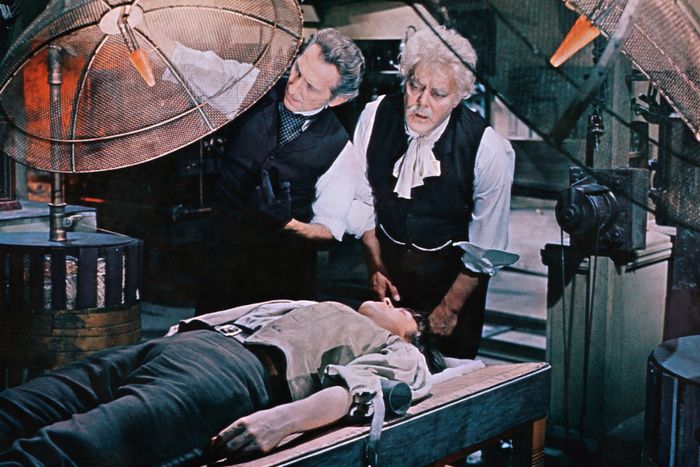
Photo: 20th Century Fox/Everett Collection
This is the fourth Hammer Frankenstein film but only the third directed by Terence Fisher – after nine years away from the Baron’s experiments, Fisher returns for a gut-punching tale of undesirable outsiders, execution anxiety, and gender-bent possession. Working away in some anonymous town, Baron Frankenstein’s authoritarian scientific ambition results in catastrophe for two young villagers – his assistant Hans (Robert Morris), the son of a notorious local murderer, and the innkeeper’s daughter Christina (Susan Denberg), who falls for Hans after years of living in shame with facial deformities. When both young people meet their end the Baron saves Christina by putting Hans’ brain in Christina’s body, uniting their blurred identities in a joint thirst for revenge, creating a Gothic avenger who hunts down the aristocratic ruffians who ruined their happiness. Frankenstein Created Women is a notably visceral and haunted chapter in the canon, urgently and creatively exploring Frankenstein’s lack of control over his creation. Here, the scars of cruel violence linger metaphysically, even after death and consciousness has been transferred to a body of a different sex – Christina becomes a being of pure, violent will.
4.
The Revenge of Frankenstein (1958)
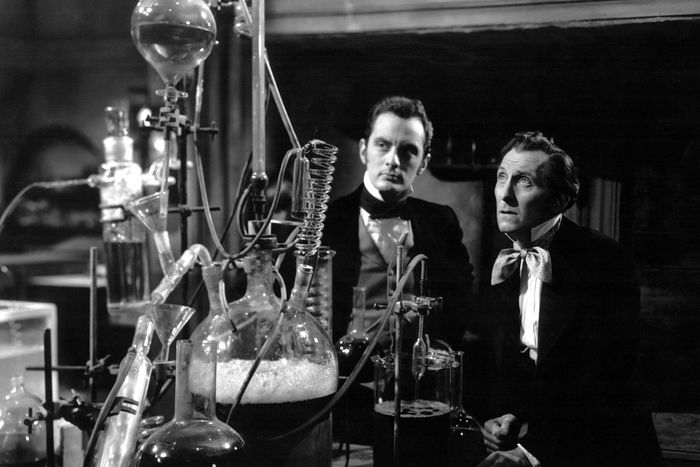
Photo: Everett Collection
The second Hammer Frankenstein movie includes some of the studio’s favored thrifty production strategies – such as reusing sets from the recently completed Christopher Lee-starring Dracula. But this was the first of three Terence Fisher Frankenstein films to substitute the iconic Monster for an equivalent and ill-fated experiment; in this case, a paralysed hospital assistant Karl (Oscar Quitak) who agrees to have his brain transplanted into an able body (Michael Gwynn). Revenge softens some of Baron Frankenstein’s colder mannerisms into a more playful performance from Cushing; after escaping the gallows, the Baron hides his true identity and takes work at a hospital for the poor to access a supply of body parts. His assistant Hans (Francis Matthews) is a willing protege who’s curious about the transgressive work, and their combined apathy to suffering only makes the distress of Karl’s brief post-experiment life more upsetting.
3.
Young Frankenstein (1974)
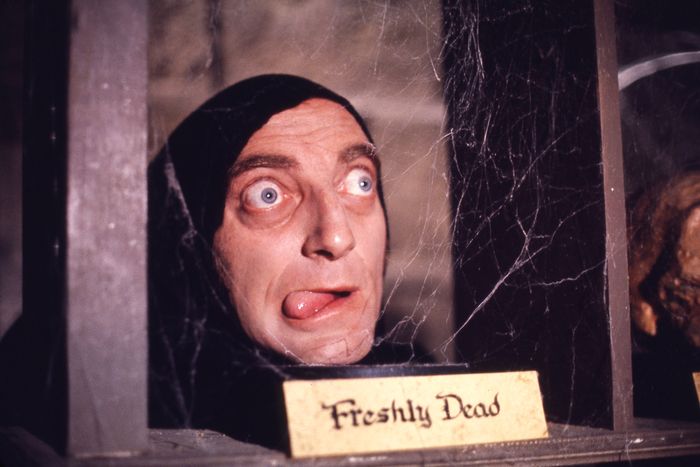
Photo: Everett Collection
Mel Brooks’ best comedy shares many similarities with his other revered films – a strong grip of genre beats, a non-stop barrage of gags yanking us forward, and an eagerness to give every performer a chance to comedically shine. (Marty Feldman! Teri Garr! Cloris Leachman! Madeline Kahn!) What edges Young Frankenstein near the top is how rich and subversive it is as a Frankenstein film. Brooks builds a rich pastiche of the original Universal films – with stagey but attractive sets, sharp black-and-white cinematography, and whole scenes cribbed from the first three Universal films– and injects it with a vein of crass hysteria that underlines how the iconic ‘30s films explored Gothic horror with highly strung, heightened characters. Gene Wilder parodies the Dr. Frankenstein archetype with feverish intensity, taking the anxiety seen in every prior iteration of the character and making it absurd. Brooks takes a gamble by letting the Monster be funny – seeing Peter Boyle mug the camera with a smarmy grin is as compelling as any serious approach to the Monster’s humanity.
2.
Frankenstein (1931)
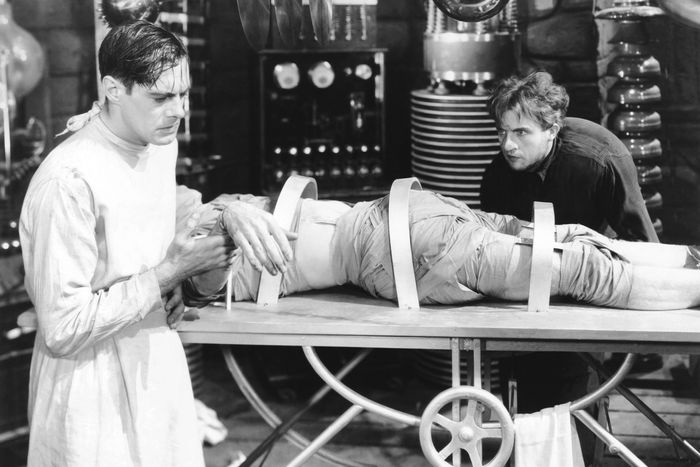
Photo: Everett Collection
The first major Frankenstein film liberally adapts the source material, but in lieu of staging the novel as written, James Whale leans into expressionistic production design and Gothic spectacle. The resulting 70-minute film remains the definitive cinematic vision (or, revision) of Frankenstein: the man creating Frankenstein: the Monster. Gone is the Monster’s sophisticated consciousness, his months spent in solitude, his intimate revenge plot. He’s been replaced by a golem (the inimitable Boris Karloff) with a singular, instantly recognizable redesign, brought to life in a hilltop castle by an intensely cinematic asset – lightning. Whale and Karloff’s Monster may lack the articulate perspective that we access in the incredible midsection of Shelley’s novel, but his sullen, imposing presence compliments the animated, maniacal energy of his creator, Henry Frankenstein (Colin Clive). Outside of the Monster’s ill-fated voyage into the human world (and their comparatively fragile bodies), Frankenstein is notable for underlining the thorny familial themes inherent to a young scientist “birthing” a child outside traditional family norms. After Henry abandons his Monster and returns to his fiancée, his father (Frederick Kerr) expresses his anticipation for a Frankenstein heir, prompting a close-up of Henry thinking anxious, impure thoughts about the abhorrent son he has already brought into the world.
1.
Bride of Frankenstein (1935)
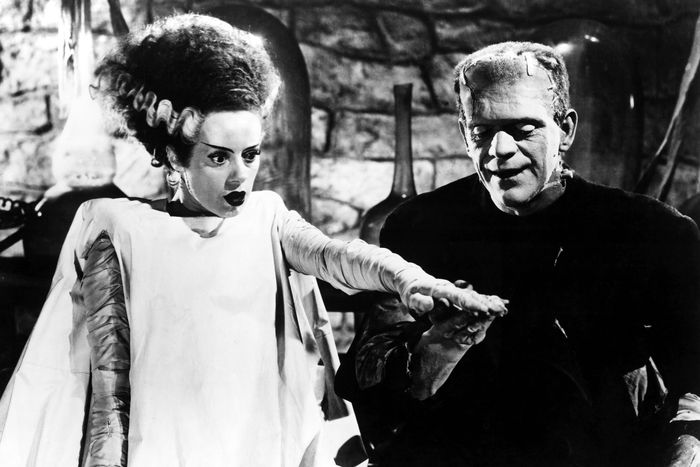
Photo: Everett Collection
James Whale’s sequel touches on everything a Frankenstein movie ought to. Indeed, no film of the past ninety years has given a more exciting and haunting take on Frankenstein mythos. We have the scientist’s temptation to triumph over death fused with petrifying anxiety; episodes of Monster discovering the extent of society’s capacity for compassion and cruelty; queer subtext about a controlling scientist pulling Dr. Frankenstein away from his happy, hetero marriage towards his preferred type of procreation – in this case a female equivalent to reproduce with Frankenstein’s monster. On top of the rich story (packed into a brisk 75 minutes), Bride is a classic feast for the senses – filled with the sound of crackling, tempestuous electricity and strikingly-lit faces, which have the greatest impact in the extended life-giving climax as the Bride (Elsa Lanchester, who also plays Mary Shelley in a prologue) awakes in a world she immediately, viscerally detests. Bursting at the seams with pathos and hysteria, Bride of Frankenstein honors the source material with refreshing originality – an imaginative expansion of Mary Shelley’s novel has proven unsurpassable in the years since.
Click here to preview your posts with PRO themes ››


